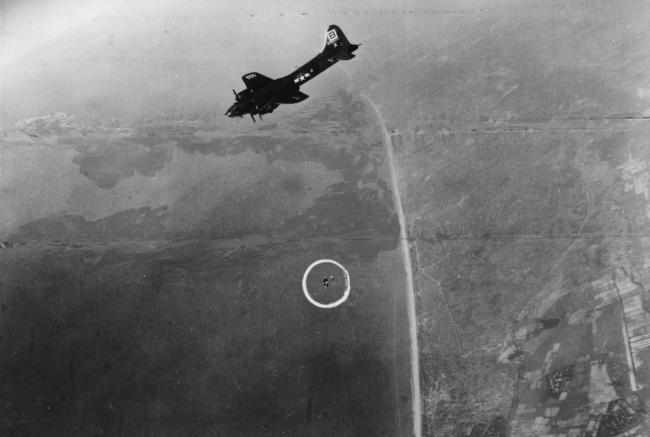VIII Bomber Command 114
10 October 1943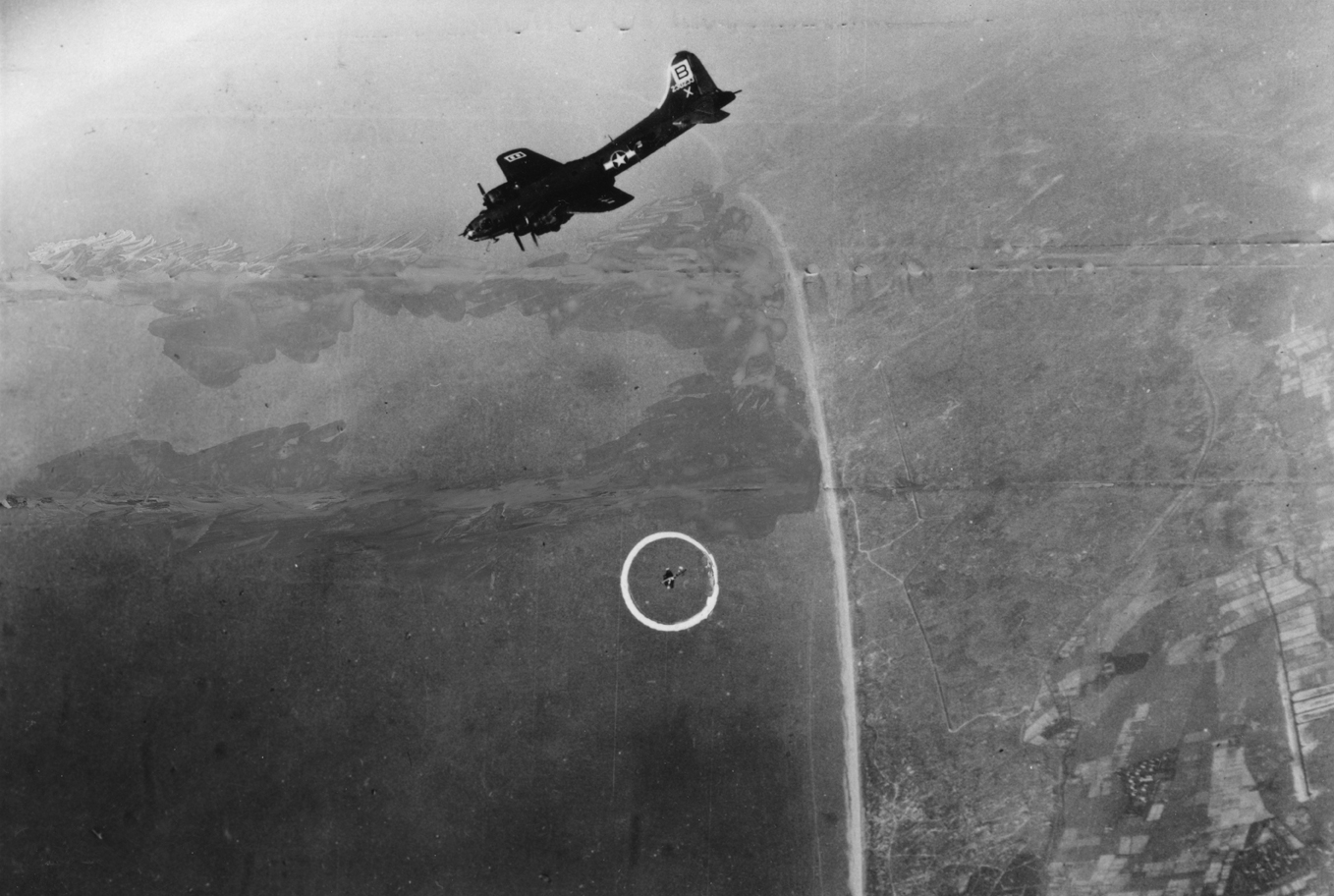
Roger Freeman Photo.
Object Number - FRE 3919 - A B-17 Flying Fortress ( serial number 42-30233) of the 95th Bomb Group in flight during a mission over Munster, B-17 Flying Fortress (serial number...
Description
This mission was intended to be a massive attack of 307 B-17s on the railroad facilities and waterway (canals) at Munster, Germany. This attack was to be supported by a diversion 39 B-24s. The formation was attacked by hundreds of German fighters which caused the formations to break-up and some Bomb Groups were forced to bomb targets of opportunity. The summary is as follows:
The largest formation was of 133 B-17s from 3rd Bomb Division Bomb Groups: 94BG (21); 95BG (20); 96BG (21); 100BG (14); 385BG (19); 388BG (19); and 390BG (19). This formation was intercepted by swarms of German fighters, literally hundreds. 119 aircraft were effective on the target but losses were significant. 29 aircraft Failed to Return (FTR) and 1 aircraft was ditched into the North Sea - 74KIA 213POW; 5EVD 10 RTD (Rescued by ASR). 1 other returning aircraft was Damaged Beyond Repair (DBR) 10RTD. 56 aircraft were damaged. 1 airman in a returning aircraft was KIA and 14 were Wounded in Action (WIA). 95th BG was awarded a Distinguished Unit Citation (DUC) for their actions in leading the raid. 390BG set the all-time record for German fighters destroyed on a single mission with a score of 60-6-8 of the attacking German fighters. All tolled the bomber gunners of this formation claimed 177-20-49 of attacking German fighters. While this total is probably exaggerated, it is a fact that the bomber gunners did significant damage to the Luftwaffe on this attack.
A second formation of 139 B-17s from 1st Bomb Division Bomb Groups was also directed to bomb at Munster, Germany, but the smoke, fire, ground haze and carnage from the attack by 3rd BD caused many in this formation to diver to targets of opportunity. The attacks made were as follows:
31 aircraft from: 91BG (10); 351BG (17) and 381BG (6) flew to Munster where 19 were effective on the target. These did not face the furious onslaught of German fighters and the fighter escort was very successful in protecting the bombers. Only 1 aircraft of this formation Failed to Return( FTR) 1KIA 8POW; 13 aircraft were damaged. 4 airmen in this formation were Wounded in Action (WIA). The bomber gunners claimed 4-1-2 of attacking German fighters.
75 aircraft from: 92BG (19); 306BG (18); 303BG (20); and 384BG (18) diverted to attack the industrial areas of Coesfled, Germany. 68 were effective on this target. 30 aircraft were damaged. 1 airmen in a returning aircraft was KIA. There were no claims in this formation.
33 aircraft from: 305BG (16) and 379BG (17) diverted to attempt to bomb the German airfield at Enschede, Holland, but the bombs fell wide and hit the town killing 155 civilians. 3 aircraft were damaged. The bomber gunners claims 2-0-0 of attacking German aircraft.
The third formation of this mission was a formation of 39 B-24s from: 44BG (19); 93BG (9) and 389BG (11) dispatched to fly a diversion for the formations attacking at Munster. There were no losses or claims.
This was a very rough day for 8th Air Force with the loss of 30 aircraft, but the 183-21-51 score of the bomber gunners was impressive even if exaggerated. The Luftwaffe very definitely got a "bloody nose" on this one.
Mission Details
Description: DIVERSION
Aircraft Type: B-24 Liberator
Notes: Diversion for the Munster raid.

- Unit Hierarchy: Group
- Air Force: Eighth Air Force
- Type Category: Bombardment

- Unit Hierarchy: Group
- Air Force: Eighth Air Force
- Type Category: Bombardment

- Unit Hierarchy: Group
- Air Force: Eighth Air Force
- Type Category: Bombardment
Mission Statistics
- Tonnage Dropped: 0.00
- Aircraft sent: 39
- Aircraft effective: 39
Description: BOMB TARGETS OF OPPORTUNITY
Aircraft Type: B-17 Flying Fortress
Notes: Coesfield, Germany was a target of opportunity.

- Unit Hierarchy: Group
- Air Force: Eighth Air Force
- Type Category: Bombardment

- Unit Hierarchy: Group
- Air Force: Eighth Air Force
- Type Category: Bombardment

- Unit Hierarchy: Group
- Air Force: Eighth Air Force
- Type Category: Bombardment

- Unit Hierarchy: Group
- Air Force: Eighth Air Force
- Type Category: Bombardment
Mission Statistics
- Tonnage Dropped: 230.65
- People returned to duty: 10
- Aircraft sent: 75
- Aircraft effective: 68
- Aircraft damaged beyond repair: 1
- Aircraft damaged: 30
Description: AIRFIELD
Aircraft Type: B-17 Flying Fortress
Notes: The airfield at Enschede, Holland was a target of opportunity. The two Bomb Groups attacking missed the airfield and the bombs hit the town killing 155 civilians.

- Unit Hierarchy: Group
- Air Force: Eighth Air Force
- Type Category: Bombardment

- Unit Hierarchy: Group
- Air Force: Eighth Air Force
- Type Category: Bombardment
Mission Statistics
- Tonnage Dropped: 30 X 1000GP 620 X 100IB
- Enemy aircrafts destroyed by bomber: 2
- Aircraft sent: 33
- Aircraft effective: 30
- Aircraft damaged: 3
Description: RAILROADS and WATERWAYS
Aircraft Type: B-17 Flying Fortress
Notes: The 390th Bomb Group claims the highest number of enemy aircraft destroyed on a single mission (60-6-8). A record for the 8th Air Force. The 95th Bomb Group is awarded a Distinguished Unit Citation (2nd of 3). Only one aircraft from 100th Bomb Group returned to base, 12 were Missing in Action (MIA) and one Damaged Beyond Repair (DBR) crash-landed.
![Three airmen of the 100th Bomb Group, Lieutenant Kenneth Menzie, Lieutenant Donald Strout and Lieutenant Norman Scott, plan the route they will take during the next mission in their B-17 Flying Fortress (serial number 42-30380). Image stamped on reverse: 'Reviewed and passed U.S. Army 23 Aug 1943 Press Censor E.T.O. U.S.A.' [stamp]'. Passed for publication 23 August 1943 INTLD 16 General Section Press Censorship Bureau '[stamp], 'Associated Press' [stamp] and '280035.' [Censor no.] Printed caption on reve](https://assets.americanairmuseum.com/s3fs-public/styles/max_650x650/public/freeman/media-378743.jpg?itok=oPPVVi6c)
- Unit Hierarchy: Group
- Air Force: Eighth Air Force
- Type Category: Bombardment
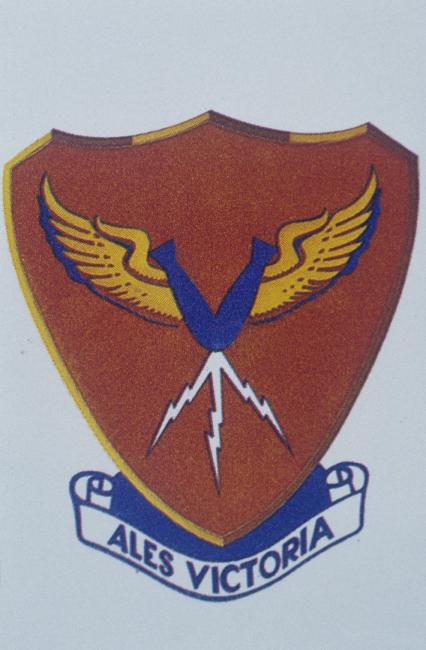
- Unit Hierarchy: Group
- Air Force: Eighth Air Force
- Type Category: Bombardment
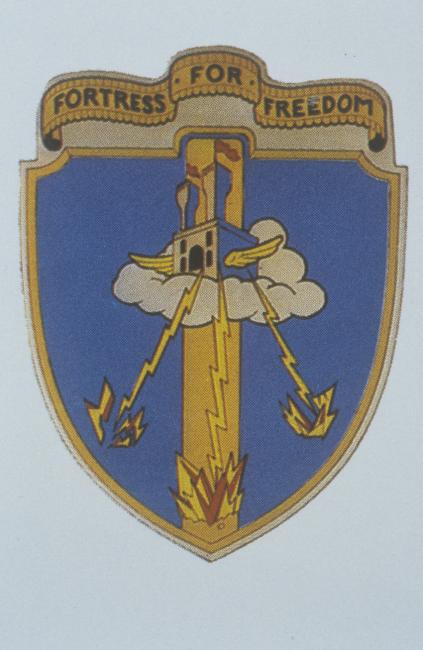
- Unit Hierarchy: Group
- Air Force: Eighth Air Force
- Type Category: Bombardment

- Unit Hierarchy: Group
- Air Force: Eighth Air Force
- Type Category: Bombardment

- Unit Hierarchy: Group
- Air Force: Eighth Air Force
- Type Category: Bombardment
Mission Statistics
- Tonnage Dropped: 424.50
- People killed in action: 74
- People wounded in action: 13
- People evaded: 5
- Prisoners of war: 216
- People returned to duty: 20
- Enemy aircrafts destroyed by bomber: 177
- Enemy aircrafts probably destroyed by bomber: 20
- Enemy aircraft damaged by bomber: 49
- Aircraft sent: 133
- Aircraft effective: 119
- Aircraft missing in action: 29
- Aircraft damaged beyond repair: 1
- Aircraft damaged: 56
Description: RAILROADS and WATERWAYS
Aircraft Type: B-17 Flying Fortress
Notes: One aircraft from 351st Bomb Group crashes in the sea off Covehithe counted as DBR.

- Unit Hierarchy: Group
- Air Force: Eighth Air Force
- Type Category: Bombardment

- Unit Hierarchy: Group
- Air Force: Eighth Air Force
- Type Category: Bombardment

- Unit Hierarchy: Group
- Air Force: Eighth Air Force
- Type Category: Bombardment
Mission Statistics
- People killed in action: 1
- People wounded in action: 4
- People evaded: 1
- Prisoners of war: 8
- Enemy aircrafts destroyed by bomber: 4
- Enemy aircrafts probably destroyed by bomber: 1
- Enemy aircraft damaged by bomber: 2
- Aircraft sent: 33
- Aircraft effective: 19
- Aircraft missing in action: 1
- Aircraft damaged: 13
Connections
See how this entry relates to other items in the archive by exploring the connections below.
People
![Lieutenant John G Winant Jr of the 390th Bomb Group, wearing a Mae West life jacket, with his crew and their B-17 Flying Fortress. Image stamped on reverse: ‘Planet News.’ [stamp], ‘Passed for publication 15 Aug 1943.’ [stamp] and ‘278787.’ [Censor no.] Printed caption on reverse: ' Photo shows: Lieut. John G. Winant, Jnr. (centre, wearing a "Mae West") of Concord, New Hampshire, with his crew, including 2nd. Lieut. Donald C Arns, of Algona, Iowa; 2nd. Lieut. Robert W Tredennick, of North Cald](https://assets.americanairmuseum.com/s3fs-public/styles/max_650x650/public/freeman/media-380376.jpg?itok=Qsg2Em7-)
- Military/Civilian/Mascot: Military
- Nationality: American
- Unit: 390th Bomb Group 568th Bomb Squadron
- Service Numbers: O742270
- Highest Rank: Second Lieutenant
- Role/Job: Co-Pilot
- Military/Civilian/Mascot: Military
- Nationality: American
- Unit: 351st Bomb Squadron
- Service Numbers: T-060786
- Highest Rank: Flight Officer
- Role/Job: Co-Pilot
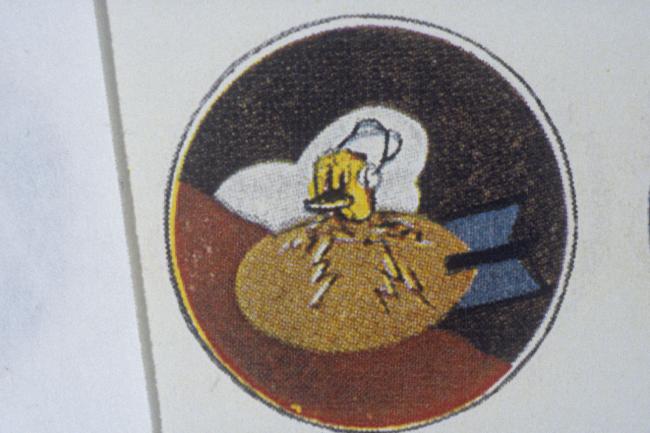
- Military/Civilian/Mascot: Military
- Nationality: American
- Unit: 100th Bomb Group 418th Bomb Squadron
- Service Numbers: 39097495
- Highest Rank: Technical Sergeant
- Role/Job: Radio Operator / Gunner

- Military/Civilian/Mascot: Military
- Nationality: American
- Unit: 305th Bomb Group 364th Bomb Squadron
- Service Numbers: O-745041
- Highest Rank: Second Lieutenant
- Role/Job: Co-Pilot

- Military/Civilian/Mascot: Military
- Nationality: American
- Unit: 95th Bomb Group 335th Bomb Squadron
- Service Numbers: 16060366 / O-665661
- Highest Rank: Lieutenant Colonel
- Role/Job: Pilot
Aircraft

- Aircraft Type: B-17 Flying Fortress
- Nicknames: Damn Yankee
- Unit: 384th Bomb Group 545th Bomb Squadron 306th Bomb Group 423rd Bomb Squadron

- Aircraft Type: B-17 Flying Fortress
- Nicknames: The Duchess, Sure Stuff
- Unit: 303rd Bomb Group 359th Bomb Squadron

- Aircraft Type: B-17 Flying Fortress
- Nicknames: Hell's Angels
- Unit: 303rd Bomb Group 358th Bomb Squadron

- Aircraft Type: B-17 Flying Fortress
- Nicknames: Bad Check
- Unit: 303rd Bomb Group 427th Bomb Squadron

- Aircraft Type: B-17 Flying Fortress
- Nicknames: Knock-out Dropper
- Unit: 303rd Bomb Group 359th Bomb Squadron
Revisions
Lee Cunningham 4-Jul-2015. Added bomber gunner claims on enemy aircraft to statistics of 1BD Munster formation per "The Mighty Eighth War Diary", Roger A. Freeeman.
Lee Cunningham 4-Jul-2015. Added bomber gunner claims on enemy aircraft to statistic of 3BD Munster formation per "The Mighty Eighth War Diary", Roger A. Freeeman.
Lee Cunningham 4-Jul-2015. Added bomber gunner claims on enemy fighters to statistics of the Enschede formation per "the Mighty Eighth War Diary", ROger A. Freeman.
Lee Cunningham 4-Jul-2015. Added Mission Narrative based on "The Mighty Eighth War Diary", Roger A. Freeman.
Associated Media based on images associated with missions in Freeman, The Mighty Eighth War Diary.
Lee Cunningham, 8th Air Force missions research database / Stan Bishop's 'Losses of the US 8th and 9th Air Forces', the Combat Chronology of the US Army Air Forces and the work of Roger Freeman including the 'Mighty Eighth War Diary'.
